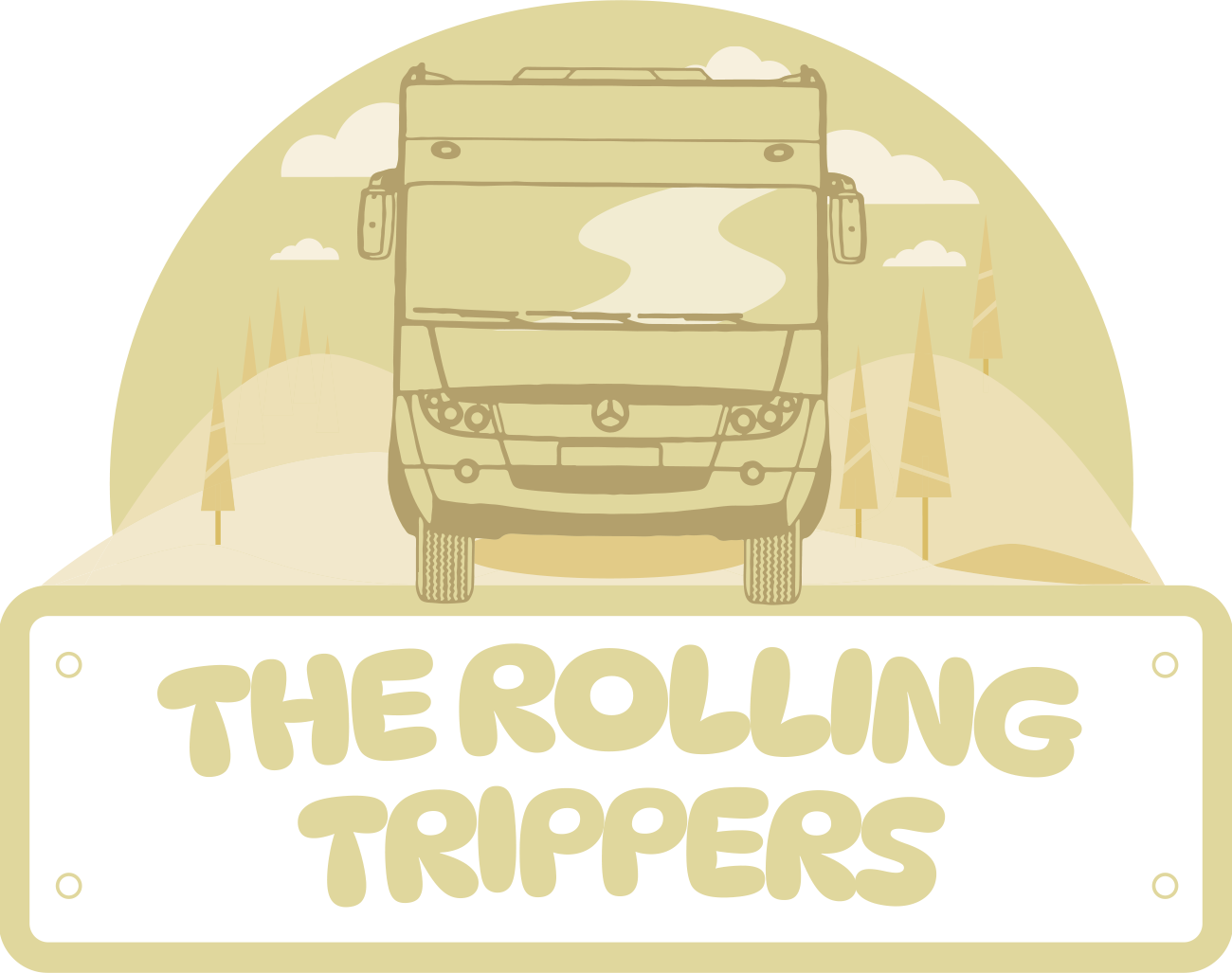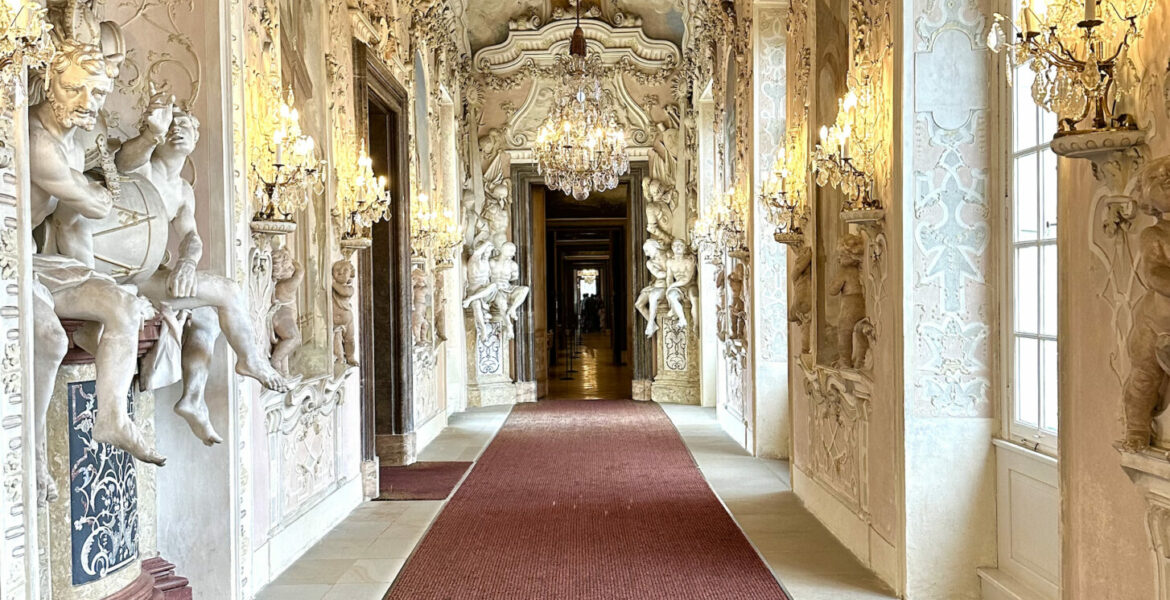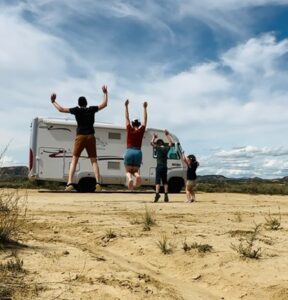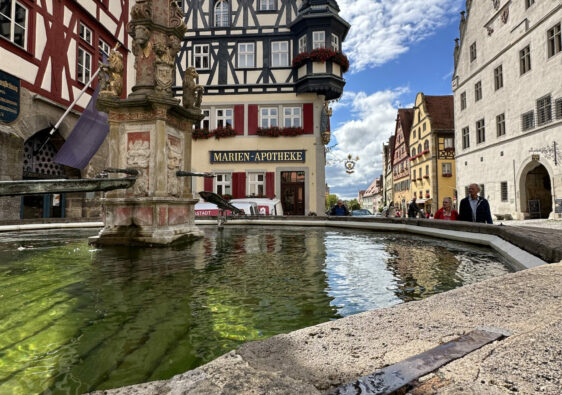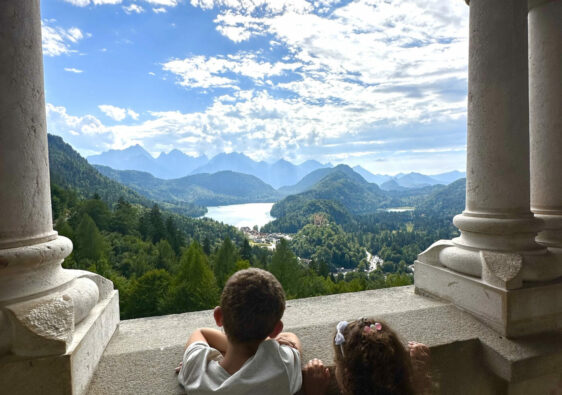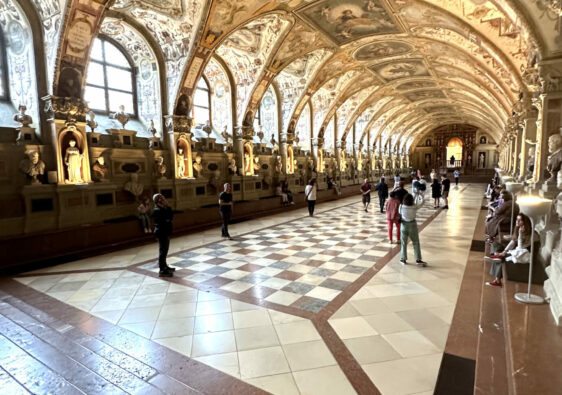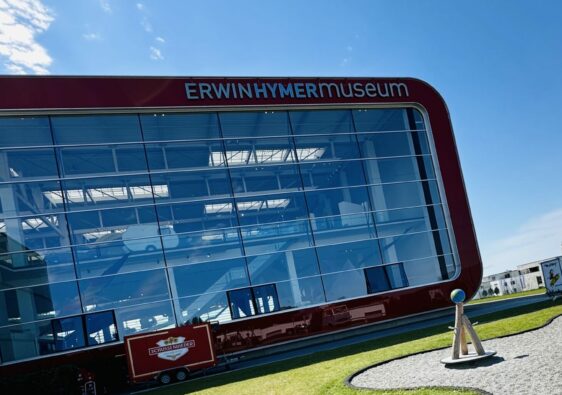✍️ This article was originally published on 10 September 2023, it was updated on 21 November 2024.
A bit of history
This enormous castle, boasting over 450 rooms, is one of the few in Germany that has withstood the test of time. It remains one of the largest Baroque monuments preserved in its original state and is also among the largest castles in Germany!
Built at the behest of Duke Eberhard Louis of Württemberg in the 1700s, it became the principal residence of the Duke in 1718 and the capital of Württemberg.
Over the centuries, the castle underwent numerous transformations and changes of ownership, evolving from a hunting lodge into a magnificent palace.
Later on, Ludwigsburg became the summer residence for the first King of Württemberg, who wished to move away from Stuttgart.
Your visit to Ludwigsburg Palace
Today, Ludwigsburg Palace is still undergoing restoration, so the tour is limited to the northern part and the upper floors of the castle.
The interior of the castle is extraordinarily luxurious, blending three distinct architectural styles: Baroque, Rococo, and Neoclassical. From the moment you enter, you’re struck by the beauty and grandeur of the surroundings, as the tour takes you through state rooms and majestic corridors. While the castle isn’t heavily furnished, the wall decorations, moldings, and ceilings are so ornate that the visit remains exceptional.
Visits are guided and available in both German and English. Our guide was very engaging, and the tour is quite extensive—plan on spending about 1 hour to explore the entire northern wing of the castle. One slight drawback is that you’ll need a good understanding of English to fully grasp the tour. If you’re not fluent, consider bringing along a French-language guidebook to assist you.
In addition to its splendor, Ludwigsburg Palace boasts two unique features. Along one corridor, you’ll discover a small glass-enclosed room offering a direct view into the neighboring church. The palace also houses a large, well-preserved theater with remarkably sophisticated machinery for its time and stunning stage sets.
Furthermore, the castle is home to two museums: one dedicated to ceramics and porcelain, and another showcasing fashion pieces from the 18th to the 20th century. Unfortunately, these museums were closed during our visit, which was a disappointment.
A child-friendly castle
For young visitors, the castle offers “Kinderreich,” an interactive museum where children can explore life and history at their own pace. Here, everything that’s normally forbidden in a castle is allowed—dressing up, touching things, running around…
The experience begins with dressing up in courtly attire and a brief lesson on etiquette. Then, kids can discover period games, learn dances, and even try their hand at theater.
It’s important to note that this part of the castle is separate from the standard tour, with different opening hours that may change regularly. It’s recommended to check the castle’s website before your visit—unfortunately, something we didn’t do, so we missed out on experiencing it ourselves. Feel free to share your experience in the comments if you’ve tried Kinderreich!
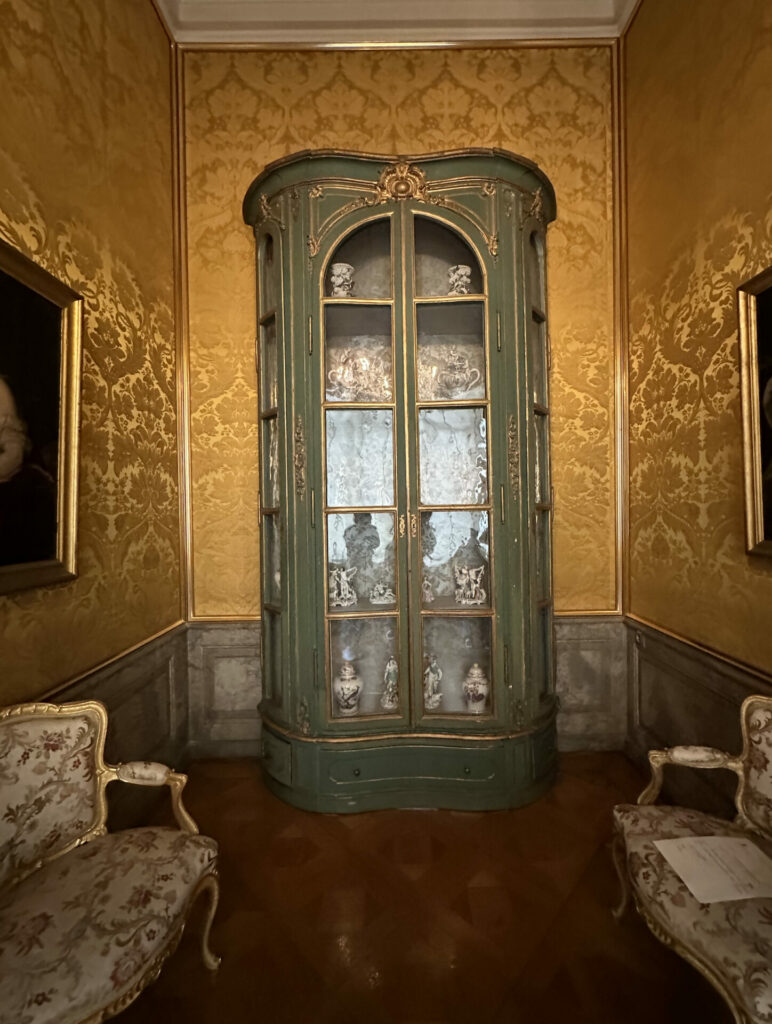
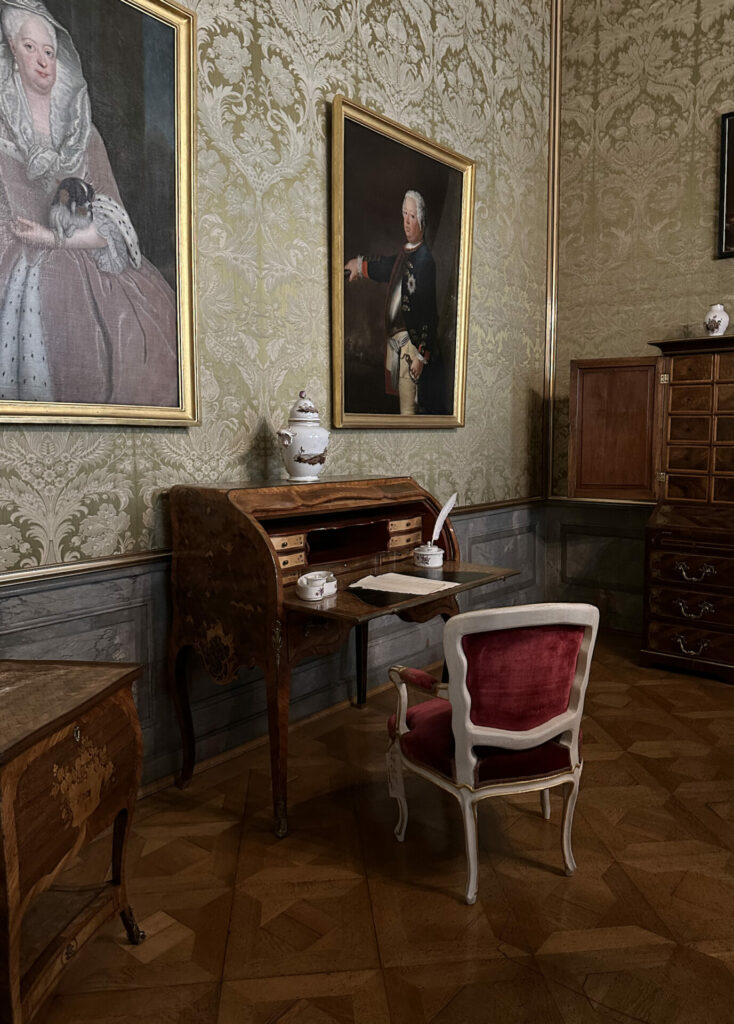
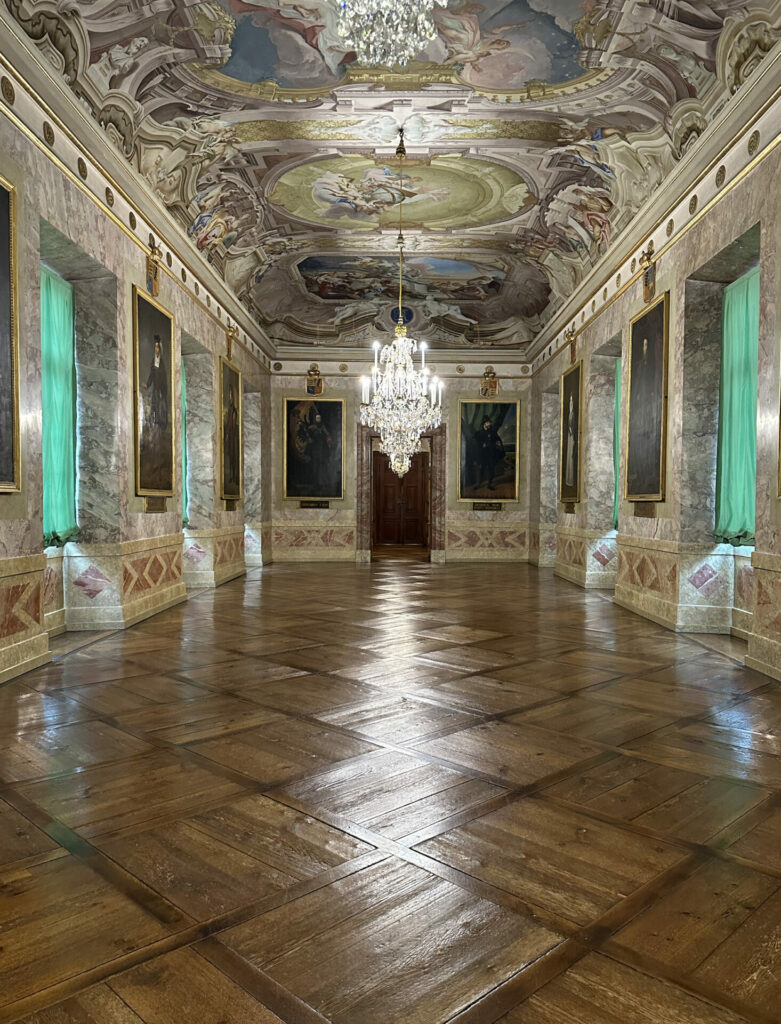
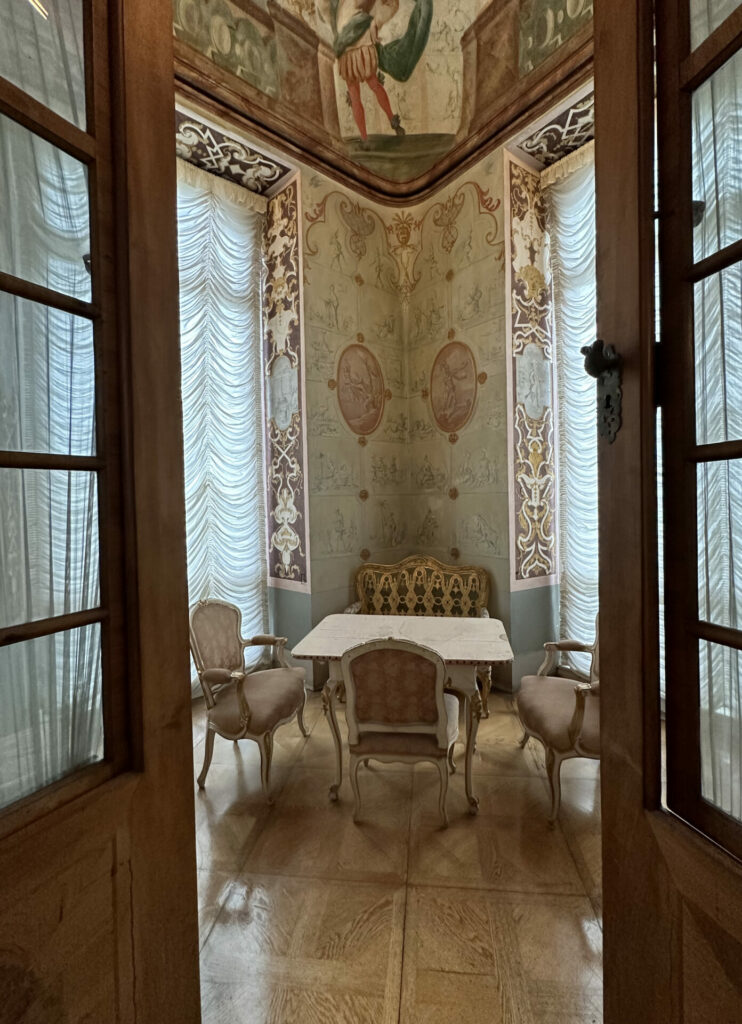
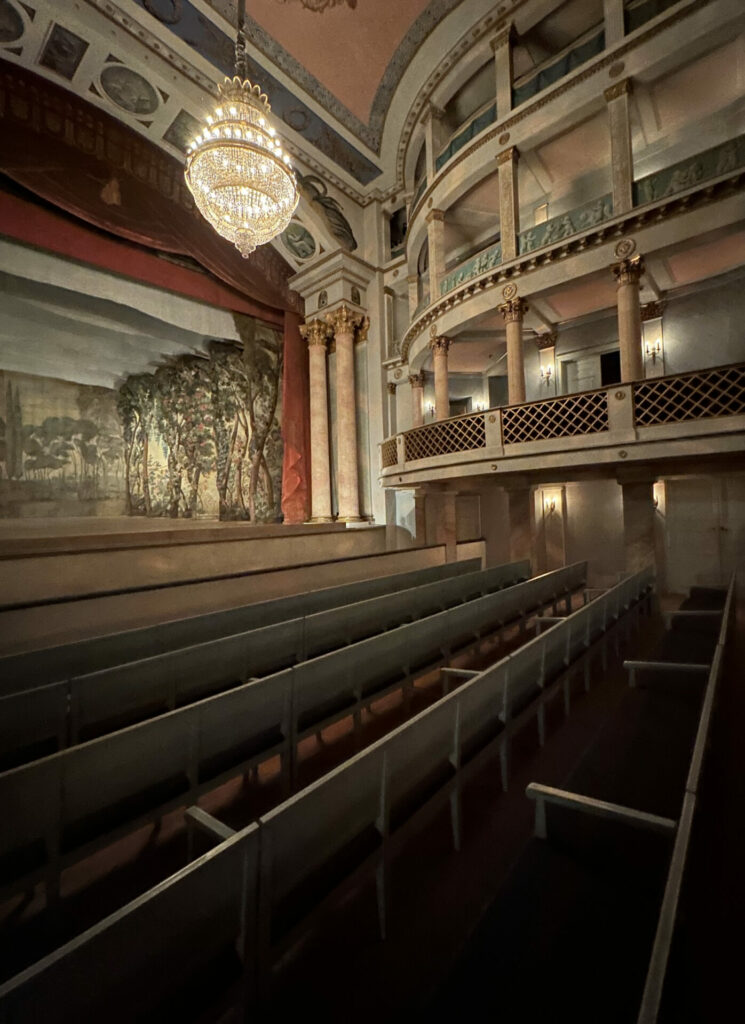
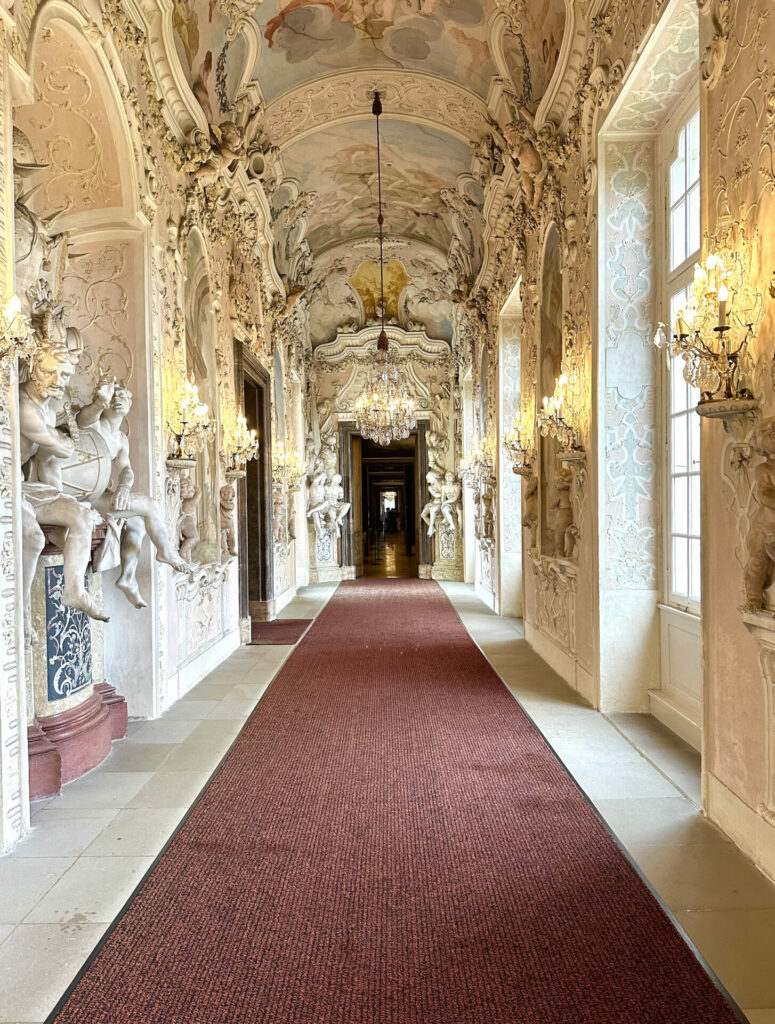
The incredible park of Ludwigsburg Palace
The construction of the gardens began around the 1800s, as they had been neglected until then.
A visit to the “Blühendes Barock” gardens is full of surprises! Like many castles, it all starts with English-style gardens adorned with hundreds of flowers and fountains. Then, the tour continues through the Fairy Tale Garden, which is a delightful surprise!
The Fairy Tale Garden will enchant both young and old alike! This park is truly magical, taking you on a bucolic journey through several tales, mostly of German origin. The park combines scenic walks with old-fashioned attractions, exuding a charming allure. Hop aboard a small boat and glide along the river, encountering scenes from Pinocchio and Max and Moritz depicted with automaton figures. In a quaint cabin, discover Snow White and the magical mirror of the witch: if you speak the correct phrase in German, the magic will unfold…
We absolutely loved the Fairy Tale Garden! Plan on spending around 2 hours to explore everything. The only slight downside is that everything is entirely in German.
Afterward, continue your journey through the woodland, which houses free-roaming animals and the Favorite Palace. Unfortunately, as of the time of writing, the palace is under restoration and closed to the public. Take this opportunity to stroll through the woods, where if you’re lucky and quiet, you might catch a glimpse of a deer or a doe…
Plan on dedicating a full afternoon to visit Ludwigsburg Palace, its museums, and its gardens.
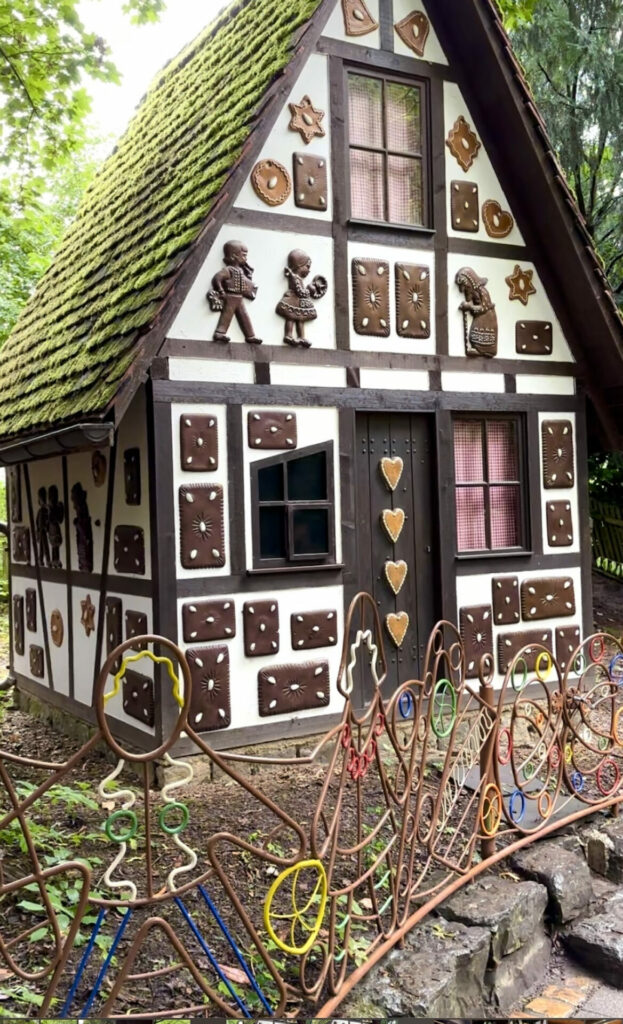
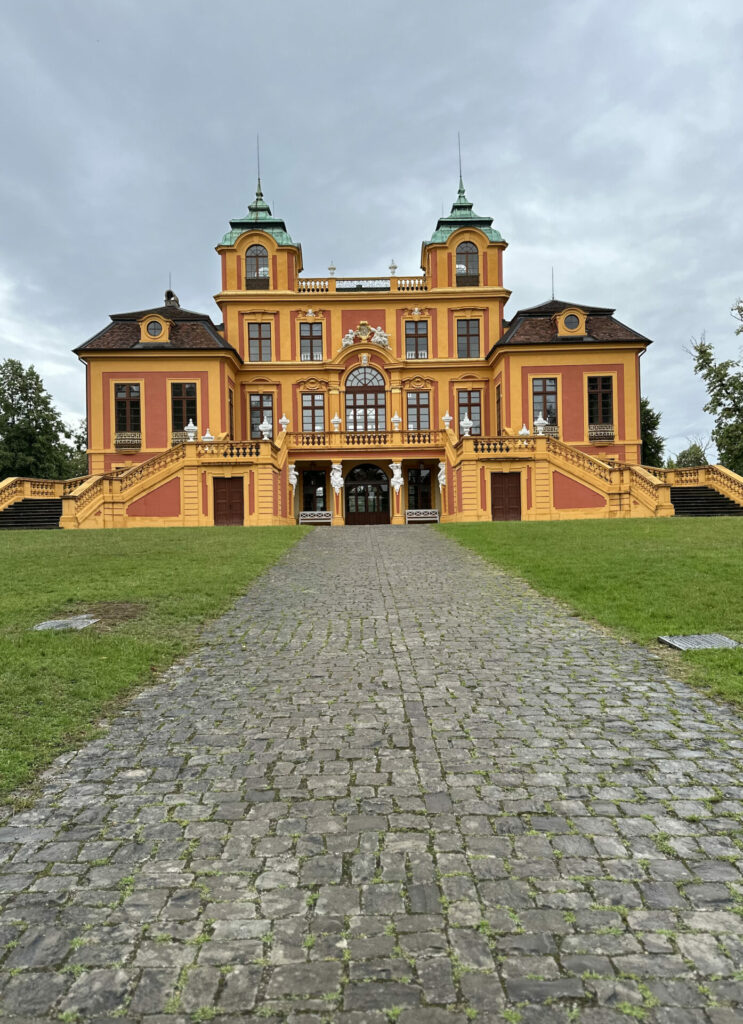
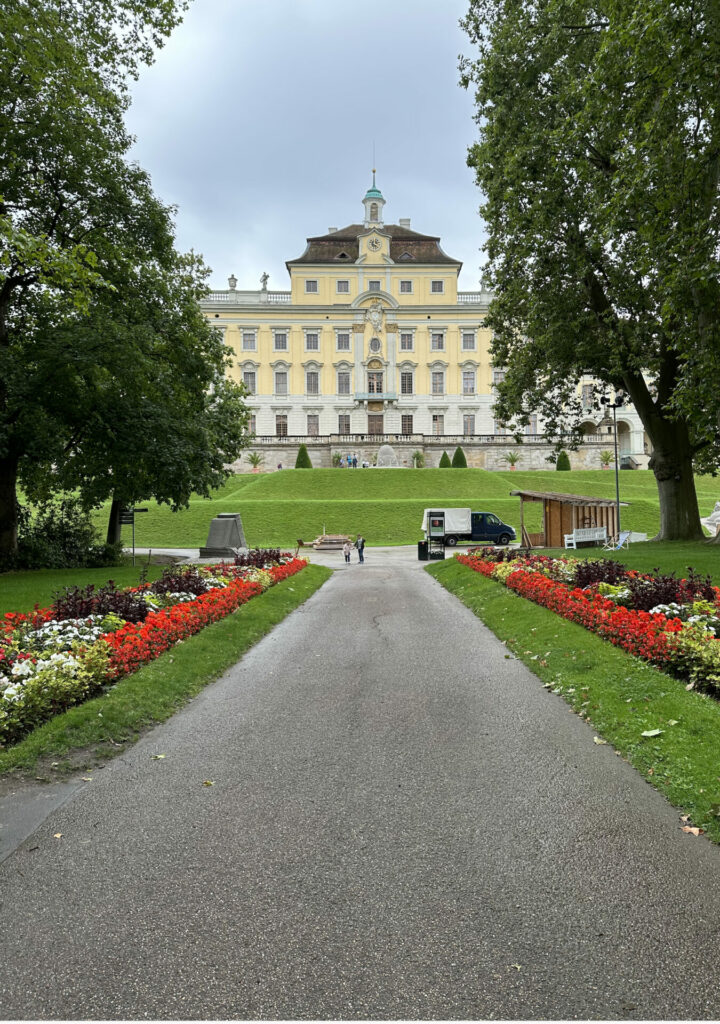
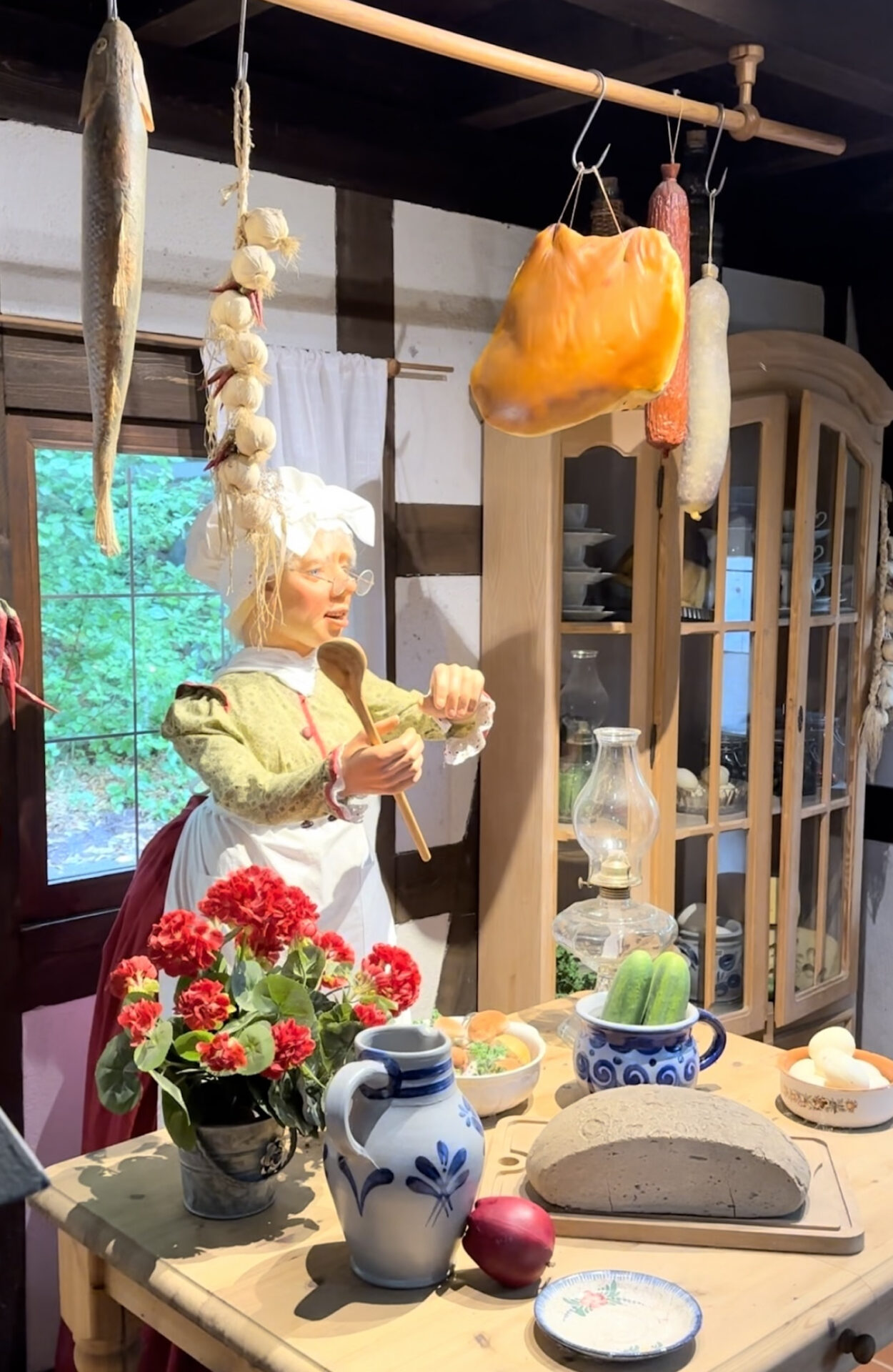
Practical information, hours and prices for Ludwigsburg Palace
During peak season, the castle is open from 10:00 AM to 5:00 PM, and during low season, guided tours are available from 11:00 AM to 4:00 PM only. The museums are open on weekends and public holidays.
Admission prices:
- Adults: 9 euros, Museums: 4 euros
- Children and reduced rate: 4.50 euros, Museums: 2 euros
- Family ticket: 22.50 euros
Getting to Ludwigsburg Palace
The palace and gardens are located in downtown Ludwigsburg, about 20 km north of Stuttgart. By public transport: From the bus station, take lines 421, 427, 430, 443, or 444 to the Residenzschloss stop.
Where to park your motorhome at Ludwigsburg Castle and where to sleep
You can park directly at the castle’s parking lot in front of the gardens. The parking lot offers all necessary services, and overnight stays are possible for 10 euros, making it very convenient to combine your visit to the castle with exploring the city.
Things to do around Ludwigsburg
- Visit the beautiful city of Stuttgart, located 20 km south of the castle.
- Explore Solitude Palace (Schloss Solitude) built by Duke Carl Eugen.
- Discover Rothenburg ob der Tauber along the Romantic Road, approximately 130 km away.
- Visit the Mercedes-Benz Museum in Stuttgart, also about 20 km away.
